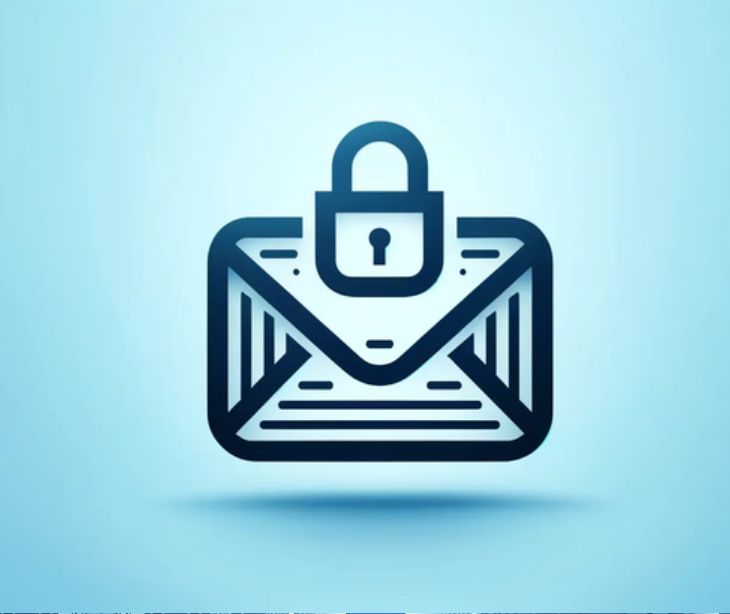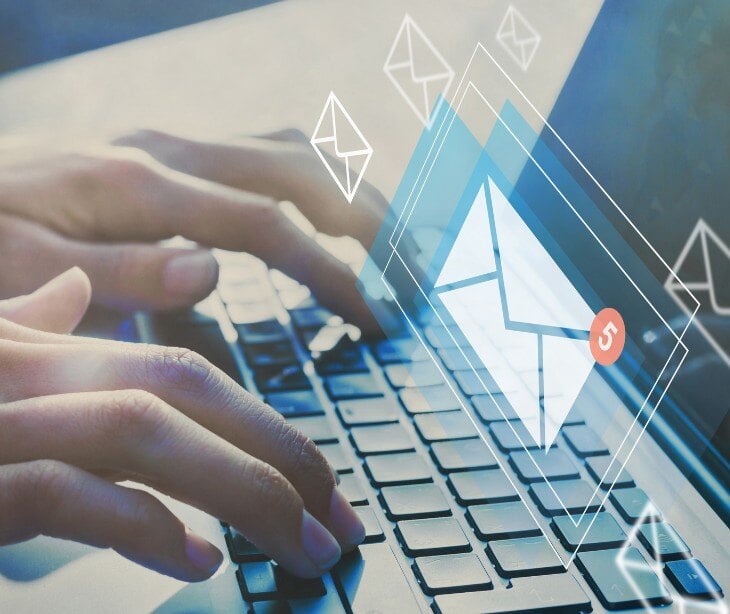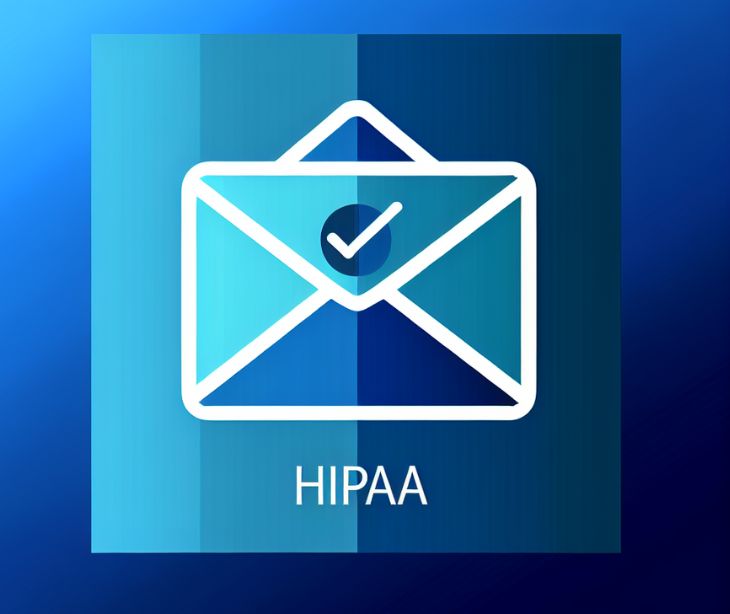3 min read
The value of sending pre-appointment prep emails to new patients
Kirsten Peremore
April 04, 2024

Many practices have observed a notable decrease in missed appointments by providing new patients with automated reminder letters, emails, phone calls, or text messages. An AMA article shows practices that send automated reminder emails experience a no-show rate of only 12.1%, compared to a significantly higher rate of 22.7% for practices that do not utilize such reminders. These preparatory communications ensure patients are well-informed about their upcoming visit, including the date, time, location, and any specific preparations they need to make.
What is the purpose of pre-appointment preparation email?
According to an AMA pre-visit planning module: “Disorganized visits can be stressful for everyone: patients, staff and physicians. Having all needed information available ahead of the appointment minimizes trips in and out of the room and disruptions in\ patient flow to create a healthier, happier work environment.”
The purpose of this email is to provide patients with all the necessary information and instructions they need to prepare for the meeting. These emails reduce the chances of missed appointments by reminding patients of their upcoming visits, thereby improving attendance rates. By instructing patients on specific preparations needed for their appointments—such as fasting for blood tests or bringing relevant medical records—these emails ensure that patients arrive ready, enabling healthcare providers to conduct more effective and efficient evaluations or treatments. They can also provide patients with logistical details like parking information and check-in procedures, which can alleviate anxiety and improve the patient experience.
What to include
- The date and time of the appointment should be clearly stated.
- The location of the appointment, including any specific directions or parking information, should be provided.
- Instructions on any preparations required before the appointment, such as fasting or stopping certain medications, should be included.
- A list of documents, medical records, or identification to bring to the appointment should be specified.
- Details on how to reschedule or cancel the appointment, if necessary, should be outlined.
- Contact information for the healthcare practice should be given for any questions or clarifications.
- A reminder about the importance of arriving on time to ensure a smooth process for all patients should be mentioned.
- Any forms that can be completed in advance to save time should be attached or linked.
See also: Are appointment reminder emails HIPAA compliant?
Best practices for sending pre-appointment preparation emails
- Timely delivery: Send the pre-appointment email well in advance, ideally right after the appointment is made and then a reminder a few days before the appointment. This timing gives patients ample opportunity to prepare and adjust their schedules if needed.
- Clear and concise content: The email should be straightforward, avoiding medical jargon that may confuse the patient. Clearly outline what the patient needs to do, bring, or remember for their appointment to prevent any misunderstandings.
- Personalization: Address the patient by name and personalize the email content to reflect the specifics of their appointment and any preparations they need to make. Personalization makes the communication feel more direct and engaging.
- Use of bullet points and headings: Organize the information using bullet points and headings for easy reading. Patients often skim emails, so highlighting the most important details can ensure they catch crucial information.
- Mobile-friendly design: Ensure the email format is responsive and can be easily read on mobile devices, as many people use their smartphones to check their email. A mobile-friendly design improves the accessibility of the information.
- Inclusion of contact information: Provide clear contact information, including phone numbers and email addresses, for the patient to reach out if they have questions or need to reschedule. Making it easy for patients to communicate improves overall satisfaction.
- Confirmation request: Ask patients to confirm their appointment upon receiving the email. This can help reduce no-shows and allows for better scheduling and resource allocation.
See also: Top 12 HIPAA compliant email services
FAQs
What if a new patient does not have access to email?
For patients without email access, consider alternative methods of communication like phone calls or text messages to convey pre-appointment instructions.
How soon after booking should a new patient receive the pre-appointment email?
Ideally, send the pre-appointment email immediately after the appointment is booked to give new patients ample time to prepare.
Can pre-appointment emails be customized for different types of appointments?
Yes, it's beneficial to customize emails based on the type of appointment to provide relevant preparation instructions and information.
What should I do if a patient does not respond to or acknowledge the pre-appointment email?
Follow up with a phone call or text message to ensure they've received the information and understand the preparations needed.
Subscribe to Paubox Weekly
Every Friday we'll bring you the most important news from Paubox. Our aim is to make you smarter, faster.




